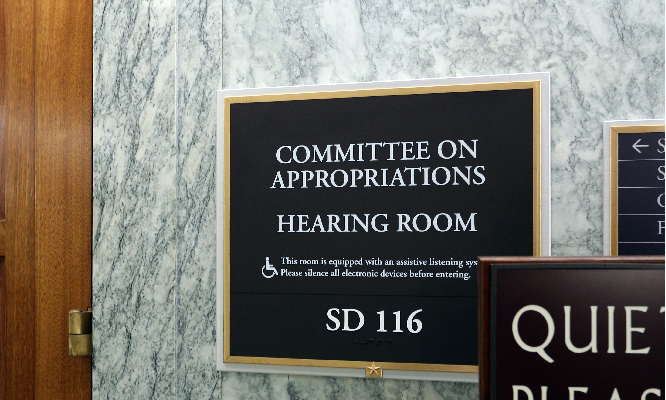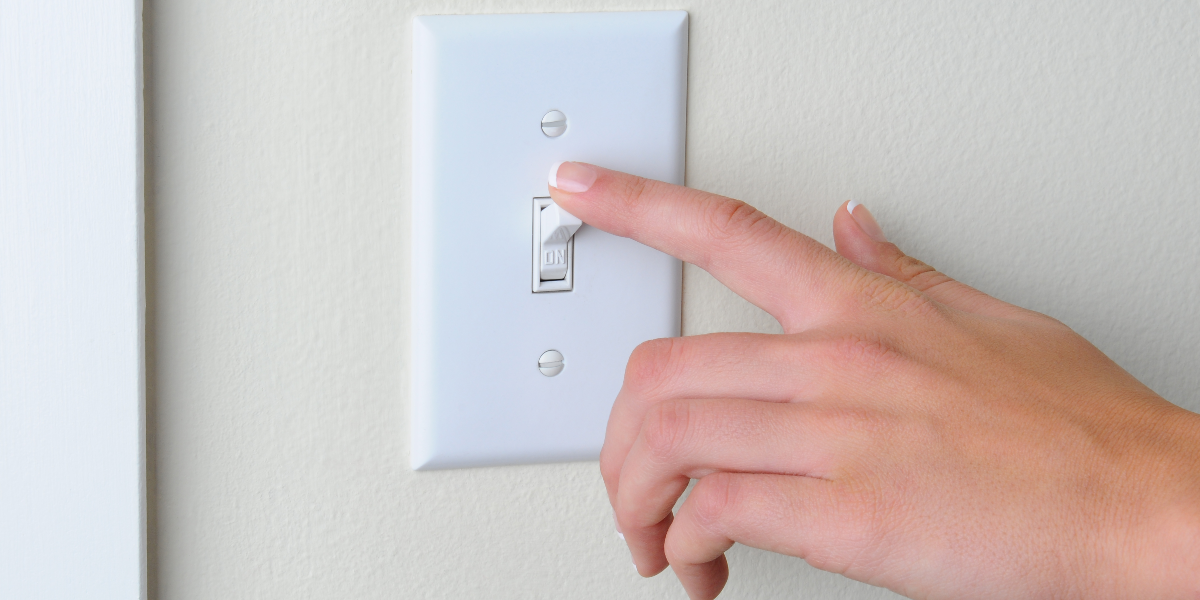The 116th Congress: Invest in Efficiency and Exercise Close Oversight
Let's Save Energy
Alliance to Save Energy's Blog

This is the second post in our ongoing blog series looking at the implications of the new Congress for energy efficiency. This post focuses on congressional appropriations for energy efficiency investments.
A “return to regular order” was the common theme in both the House and Senate appropriations committees during this Congress; both operated under a heightened sense of civility and bipartisanship, resulting in strong overall investments in vital programs, including those relating to energy efficiency. In the 116th Congress, the House Appropriations Committee will welcome new leadership, earmarks may return after eight years in exile, and lawmakers may still be tussling with unresolved funding issues from the prior session.
Who will be the leaders determining the funding for energy efficiency programs?
In the House, where Democrats will hold the majority, it’s no surprise that current Ranking Member Nita Lowey (D-N.Y.) will take over as Chair of the powerful Appropriations Committee. On the Republican side, the dust has settled in the competitive race for Ranking Member, with veteran lawmaker Rep. Kay Granger (R-Texas), ascending to the top spot. These selections are historic as this the first time two women will serve in the top spots on a standing House committee, and the first time a woman will chair the House Appropriations Committee.
While official subcommittee leadership posts will not be named until January, the expectation is that current Ranking Member of the Energy & Water Subcommittee, Rep. Marcy Kaptur (D-Ohio), will take over as Chairwoman and current Chairman Mike Simpson (R-Idaho) will shift over as Ranking Member. On Interior, Environment and related agencies, current Ranking Member Betty McCollum (D-Minn.) is expected to take the gavel, and current Chairman Ken Calvert (R-Calif.) will assume the role of Ranking Member.
Over on the Senate side, Sen. Richard Shelby (R-Ala.) maintains the top spot as Chairman, with Sen. Patrick Leahy (D-Vt.) resuming his position as Vice Chairman of the Senate Appropriations Committee. No changes are expected to current subcommittee leadership posts, with Sen. Lamar Alexander (R-Tenn.) – an advisor on the Alliance’s honorary board – and Sen. Dianne Feinstein (D-Calif.) returning as Chairman and Ranking Member, respectively, on Energy and Water Development. On Interior, Environment, and related agencies, Sen. Lisa Murkowski (R-Alaska) – another Alliance honorary advisor – will lead the way as Chairman and Sen. Tom Udall (D-N.M.) returns as Ranking Member.
These efficiency programs need strong funding
The Alliance’s top priorities for federal appropriations largely sit in the Department of Energy’s Office of Energy Efficiency and Renewable Efficiency (EERE), while others are housed within other federal agencies, such as ENERGY STAR, which is mostly at the Environmental Protection Agency. At EERE, our priorities include:
- Building Technologies Office – focuses on the research and development of energy saving technologies for the built environment.
- Advanced Manufacturing Office – supports research and development projects through partnerships with diverse stakeholders to investigate new manufacturing technologies.
- Vehicle Technologies Office – leads research, development and deployment efforts of efficient and sustainable transportation technologies.
- Federal Energy Management Program – plays a critical role in reducing energy use across the federal government – the largest single consumer of energy within the United States.
- Weatherization Assistance Program – provides funding to help low-income households reduce their energy costs by becoming more energy-efficient.
- State Energy Program – provides funding and technical assistance to states, territories and the District of Columbia to enhance energy security, advance state-led energy initiatives and maximize the benefits of decreasing energy waste.
Strong efficiency funding this year; level funding ahead?
As we’ve discussed previously, the general trend of appropriations for federal energy efficiency programs has been overwhelmingly positive. In September, Congress passed and President Trump signed a FY 2019 funding package for several federal departments that included a 15.6 percent increase for energy efficiency programs at the Department of Energy (DOE) over FY 2017 levels – an impressive jump.
More funding and more certainty have allowed DOE’s programs to continue their work to advance energy efficiency nationwide. However, this period of relative bipartisanship and cooperation may come to an end with a new divided Congress and looming 2020 election season, possibly making continuing resolutions – which would mean level funding – the new norm.
Investments in efficiency programs deliver results
Why is it so important to continue and expand federal investment in energy efficiency? Here are a few stories that highlight recent successes:
- In October, DOE announced that the Better Buildings, Better Plants Program partners have collectively saved more than $5.3 billion in cumulative energy costs. That amount represents 12 percent of the total U.S. manufacturing energy footprint! Fifty-three program partners have now achieved their energy savings goals.
- The State Energy and Weatherization Assistance Programs offer critical resources to states and localities for a range of energy-related priorities. One award was used in South Carolina to retrofit buildings and make them more energy-efficient; six recent projects are expected to save more that $3 million per year in energy costs. Another award is being used in Vermont and New Hampshire to educate homeowners, home buyers and real estate agents about the benefits of energy efficiency, while also creating an energy profile for homes that includes estimates for annual energy use and costs, and a DOE Home Energy Score.
- The Federal Energy Management Program is tasked with helping the federal government use energy more efficiently and recently announced the 2018 Federal Energy and Water Management Award winners. These individuals who work for agencies and departments across the federal government were recognized for their individual efforts to reduce energy and water consumption, which collectively saved more than $48 million last year. In many cases, the government used performance contracts to complete these energy- and water-saving projects, which means that they were completed without using taxpayer dollars.
Continued and strengthened congressional oversight is needed
The energy efficiency gains achieved with the help of federal investments cannot overshadow recent reports of DOE programs withholding critical information or failing to spend funds appropriated by Congress. The two instances – one related to a failure to release guidance on state allocations for Weatherization Assistance Program funding and another related to public documents showing that DOE may have approximately $600 million in unspent FY 2018 funding for clean energy research and development – highlight the importance of Congressional oversight for these programs. These reports come after similar reports from last year when WAP was slow to release funding and the Government Accountability Office found that ARPA-E had improperly withheld funding.
While we applaud Congress for its clear support of federal energy efficiency programs, as evidenced by the funding levels for FY 2018 and FY 2019, all the investments need to be spent effectively to have an impact. Congress has shown its leadership on appropriations; now, it needs to focus on oversight.
RECENT BLOG POSTS
STAY EMPOWERED
Help the Alliance advocate for policies to use energy more efficiently – supporting job creation, reduced emissions, and lower costs. Contact your member of Congress.
Energy efficiency is smart, nonpartisan, and practical. So are we. Our strength comes from an unparalleled group of Alliance Associates working collaboratively under the Alliance umbrella to pave the way for energy efficiency gains.
The power of efficiency is in your hands. Supporting the Alliance means supporting a vision for using energy more productively to achieve economic growth, a cleaner environment, and greater energy security, affordability, and reliability.



